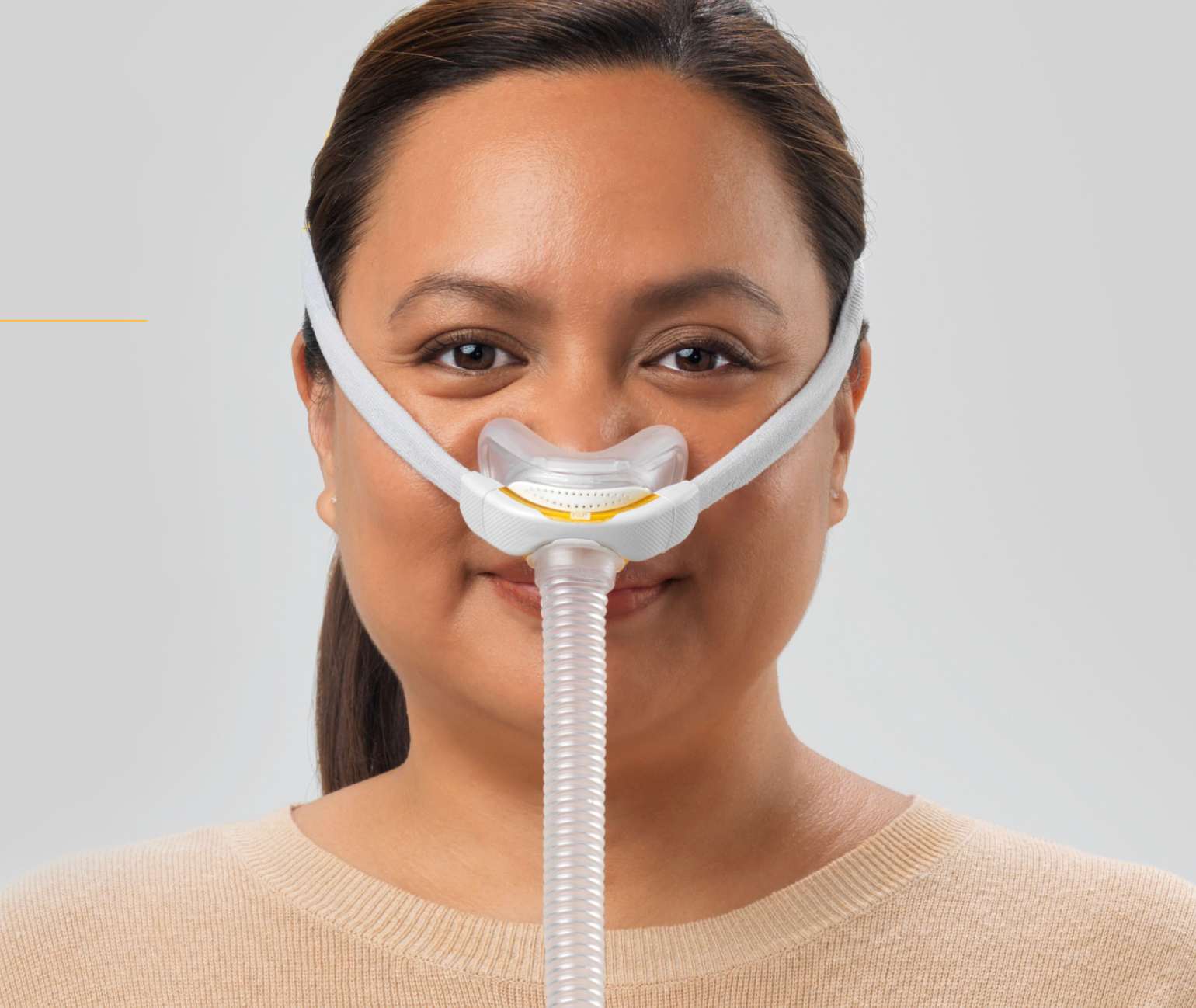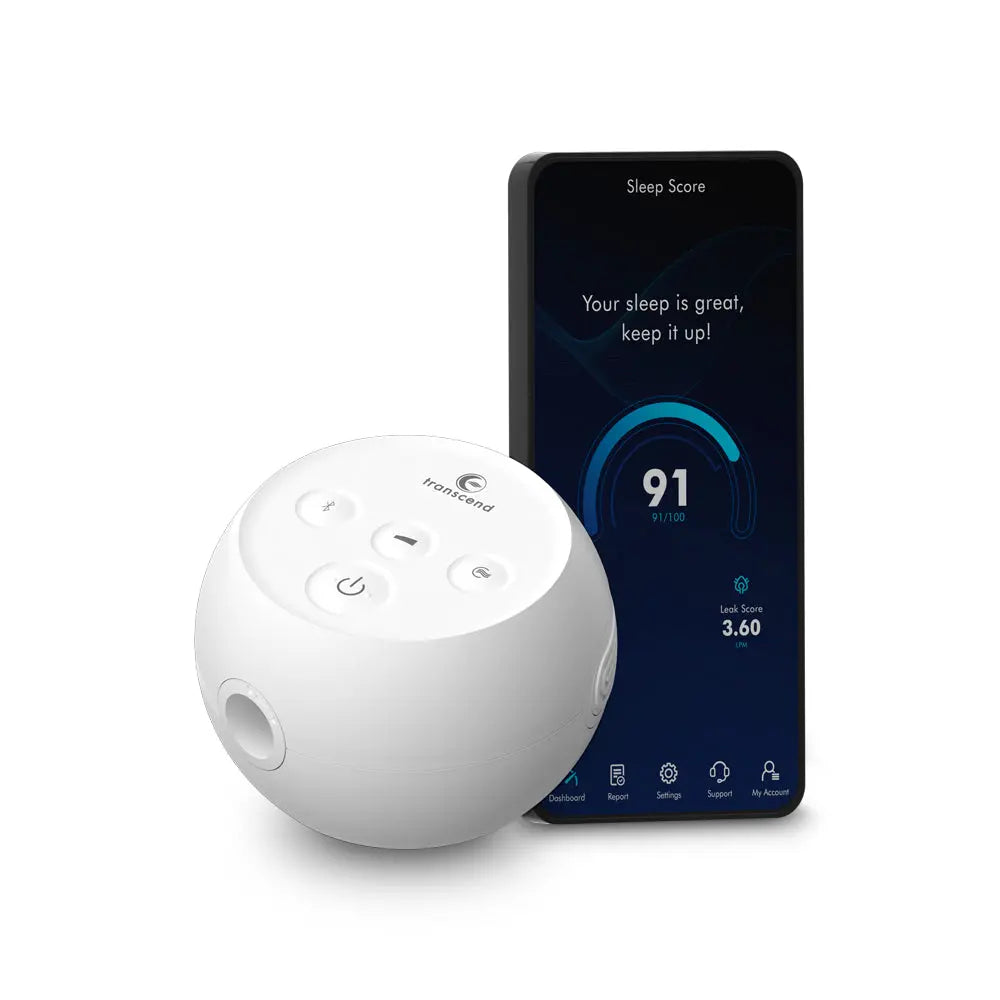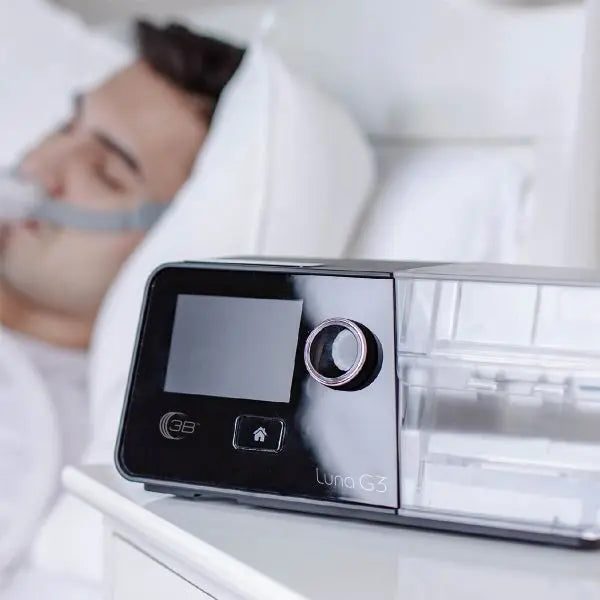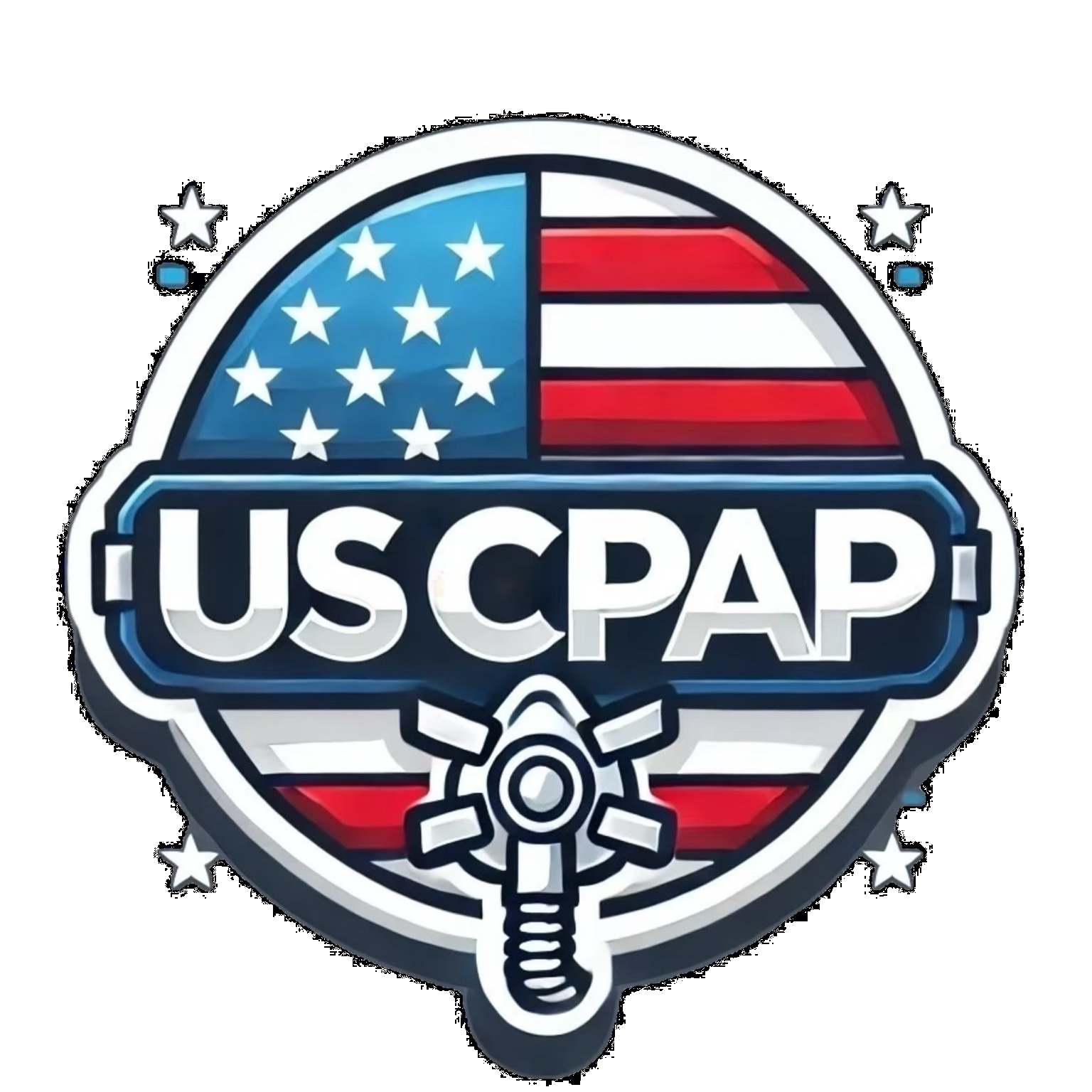The Ultimate CPAP Guide: Everything You Need to Know for Successful Sleep Apnea Therapy
Table of Contents
- Understanding Sleep Apnea and the Role of CPAP
- Types of CPAP Machines
- CPAP Masks: Choosing the Right Fit
- CPAP Equipment Setup and Maintenance
- Overcoming Common CPAP Challenges
- Adherence and Lifestyle Modifications
- Traveling with CPAP
- Frequently Asked Questions (FAQs)
- Expert Tips for Long-Term Success
- Conclusion
- References (Peer-Reviewed Studies)
1. Understanding Sleep Apnea and the Role of CPAP
What Is Sleep Apnea?
Sleep apnea is a common yet underdiagnosed sleep disorder characterized by repeated interruptions in breathing during sleep. These interruptions are known as “apneic events” and are often caused by the collapse of the airway in the throat.
- Obstructive Sleep Apnea (OSA): The most prevalent type, occurring when the muscles in the back of the throat relax excessively, narrowing or blocking the airway.
- Central Sleep Apnea: A less common form where the brain fails to send the right signals to the muscles that control breathing.
- Mixed or Complex Sleep Apnea: A combination of obstructive and central features.
Why CPAP Therapy?
Continuous Positive Airway Pressure (CPAP) therapy delivers a steady stream of pressurized air through a mask to keep your airway open. By preventing airway collapse, CPAP significantly reduces or eliminates apneic events, which in turn helps restore normal, uninterrupted sleep.
- Improved Sleep Quality: Better rest at night leads to reduced daytime sleepiness and increased cognitive function.
- Reduced Comorbidities: Effective CPAP use can help reduce the risk of high blood pressure, heart disease, stroke, and even certain metabolic conditions.
- Better Quality of Life: Many patients report having more energy, better mood, and improved overall well-being with consistent CPAP use.
2. Types of CPAP Machines
Standard CPAP
A standard or “fixed-pressure” CPAP machine provides one consistent pressure setting throughout the entire night. It’s often prescribed for individuals who have stable pressure requirements and do not need pressure adjustments.
Auto-Adjusting (APAP)
Also known as APAP, or “auto-titrating” CPAP, this machine automatically adjusts the pressure on a breath-by-breath basis, ensuring that you receive the optimal pressure depending on your needs at any given time. APAP is helpful for those whose pressure needs fluctuate during the night or across different sleep positions.
BiPAP or Bi-Level PAP
BiPAP machines provide two different pressure levels—one pressure for inhalation (IPAP) and a lower pressure for exhalation (EPAP). BiPAP is often prescribed for patients who have trouble exhaling against higher CPAP pressures or who have certain medical conditions such as COPD alongside sleep apnea.
Travel CPAP
These are lightweight, compact devices designed for portability. While they offer basic CPAP functions, they might lack some of the advanced features found in standard or premium models.
3. CPAP Masks: Choosing the Right Fit
Nasal Masks
- Covers the Nose Only
- Good for those who breathe primarily through the nose.
- Typically more comfortable than full-face masks, but may cause nasal dryness if not properly humidified.
Nasal Pillow Masks
- Minimal Contact Design
- Seal around the nostrils using soft silicone “pillows.”
- Ideal for people who feel claustrophobic with bigger masks or have facial hair that interferes with seals.
Full-Face Masks
- Covers the Nose and Mouth
- Recommended for mouth breathers or those with sinus issues who cannot solely breathe through the nose.
- Larger contact area but necessary for some users’ comfort and effectiveness.
Important Factors in Mask Selection
- Fit and Seal: A well-fitted mask reduces air leaks and improves therapy effectiveness.
- Comfort: The mask shouldn’t cause pain or excessive pressure marks.
- Lifestyle Factors: Consider your sleeping position, facial hair, and any potential claustrophobia issues.
4. CPAP Equipment Setup and Maintenance
Initial Setup
- Prescribed Pressure Settings: Program your CPAP machine with the pressure range or fixed pressure prescribed by your sleep specialist.
- Humidifier and Heated Tubing (If Applicable): Many CPAP units come with optional humidifiers to reduce dryness and congestion.
Maintenance Tips
- Daily Cleaning: Wipe down the mask cushion and wash it with mild soap. Empty and rinse the humidifier chamber if used.
- Weekly Cleaning: Clean the mask thoroughly with warm, soapy water. Wash or replace the filter as recommended.
- Monthly Check: Inspect all tubing and replace it if there are any signs of wear and tear.
- Deep Cleaning: Consider using specialized CPAP cleaning devices or solutions once a month for a more thorough sanitation.
CPAP Filters
Filters help prevent dust, pet dander, and other particles from entering the machine and your airway.
- Disposable Filters: Typically changed every 2–4 weeks.
- Reusable Filters: Clean weekly and replace every 3–6 months.
5. Overcoming Common CPAP Challenges
Skin Irritation and Discomfort
- Adjust the Fit: Overly tight masks can cause pressure sores and irritation.
- Use Barrier Creams or Pads: Specialized gel pads or barrier creams can help protect sensitive skin areas.
Dryness or Congestion
- Utilize Humidification: If you wake up with a dry or stuffy nose, adjust your humidifier settings.
- Heated Tubing: Helps maintain humidity throughout the hose, particularly in cold or dry environments.
Air Leaks
- Mask Fit and Size: An improper size can cause leaks. Consult with your CPAP supplier or sleep specialist to find the right size.
- Check the Cushion: Worn cushions can lose elasticity, causing leaks. Replace them regularly.
Noise and Disturbances
- Position Your Machine: Place it on a stable surface below your head to minimize noise and ensure proper airflow.
- Earplugs or White Noise Machines: These can help light sleepers or bed partners.
6. Adherence and Lifestyle Modifications
Why Adherence Matters
Research overwhelmingly shows that consistent CPAP use leads to the best clinical outcomes—reduced apneic events, improved daytime function, and lower cardiovascular risk factors.
Motivation and Accountability
- Sleep Tracking Apps: Many modern CPAP machines integrate with smartphone apps, providing daily usage statistics, mask fit data, and personalized feedback.
- Support Groups and Forums: Connecting with others who use CPAP can provide motivation, tips, and emotional support.
Weight Management
- Weight Loss and OSA: Being overweight or obese can exacerbate OSA by adding extra fat tissue around the neck, narrowing the airway.
- Healthy Habits: A balanced diet, regular exercise, and stress management can improve overall health and may reduce needed CPAP pressures over time.
Alcohol and Smoking
- Alcohol: Can relax throat muscles and worsen apnea. Reduce or avoid alcohol, especially close to bedtime.
- Smoking: Increases inflammation and fluid retention in the airway. Consider smoking cessation programs for both sleep apnea and overall health.
7. Traveling with CPAP
Planning and Preparation
- Check Airline Regulations: Most airlines classify CPAP machines as medical devices, so they often don’t count against carry-on limits.
- Power Requirements: Consider bringing a universal power adapter if traveling abroad. Many CPAPs also have battery options.
- Protective Case: Use a sturdy travel bag to keep your machine, mask, and accessories safe and clean.
Maintaining Therapy on the Go
- Hotel Room Setup: Ensure you have easy access to an electrical outlet near your bed.
- Plan for Altitude Changes: Some machines auto-adjust for higher altitudes, but verify your model’s capabilities in advance.
8. Frequently Asked Questions (FAQs)
-
Do I have to use CPAP every night?
Yes. Consistent, nightly use is crucial to reap the full benefits and keep sleep apnea symptoms under control. -
How long will my CPAP machine last?
Typically 3–5 years, depending on usage and maintenance. Masks and other accessories have shorter lifespans. -
Can I use CPAP if I have a cold or nasal congestion?
You can, but you may need to adjust humidity settings or use nasal decongestants under your doctor’s guidance. -
What if I still snore with CPAP?
If you continue to snore or experience apnea symptoms, contact your healthcare provider. You may need a pressure adjustment or a different mask type. -
Is CPAP therapy covered by insurance?
Many insurance plans cover CPAP if you have a diagnosed sleep apnea condition. Check with your provider for coverage details.
9. Expert Tips for Long-Term Success
- Get the Right Mask Fit Early: Try multiple mask styles under the guidance of a sleep professional. Comfort is key to adherence.
- Embrace Technology: If your machine connects to an app or monitoring platform, use it to track daily progress.
- Regular Follow-Ups: Schedule follow-up appointments with your sleep specialist to adjust pressures, masks, or address new issues.
- Prioritize Sleep Hygiene: Avoid large meals, caffeine, and electronic screens close to bedtime. A healthy sleep schedule supports successful CPAP therapy.
- Keep Gear Clean: Consistent cleaning prevents respiratory infections and prolongs the life of your equipment.
10. Conclusion
CPAP therapy can be life-changing for those suffering from obstructive sleep apnea. Although it can take time to find the perfect mask and machine settings, the benefits—ranging from improved energy levels to reduced health risks—make the effort worthwhile. By understanding how CPAP works, choosing the right equipment, and maintaining healthy habits, you’re well on your way to experiencing restful nights and revitalized days.
11. References (Peer-Reviewed Studies)
- Epstein LJ, Kristo D, Strollo PJ Jr, et al. Clinical Guideline for the Evaluation, Management and Long-term Care of Obstructive Sleep Apnea in Adults. J Clin Sleep Med. 2009;5(3):263-276.
- Masa JF, Corral J, Pereira R, et al. Effectiveness of different treatment alternatives for obstructive sleep apnea in adults: Pickwick project. BMC Pulm Med. 2013;13:24.
- Kushida CA, Nichols DA, Holmes TH, et al. Effects of continuous positive airway pressure on neurocognitive function in obstructive sleep apnea patients: the Apnea Positive Pressure Long-term Efficacy Study (APPLES). Sleep. 2012;35(12):1593-1602.
- Patil SP, Ayappa IA, Caples SM, et al. Treatment of adult obstructive sleep apnea with positive airway pressure: an American Academy of Sleep Medicine systematic review, meta-analysis, and GRADE assessment. J Clin Sleep Med. 2019;15(2):301-334.
- Weaver TE, Mancini C, Maislin G, et al. Continuous positive airway pressure treatment of sleepy patients with milder obstructive sleep apnea: results from the CPAP Apnea Trial North American Program (CATNAP) randomized clinical trial. Sleep. 2012;35(11):1553-1562.
- Engleman HM, Kingshott RN, Wraith PK, et al. Randomized placebo-controlled trial of daytime function after continuous positive airway pressure (CPAP) therapy in mild sleep apnea/hypopnea syndrome. Am J Respir Crit Care Med. 1999;159(6):2022-2027.
- Marin JM, Carrizo SJ, Vicente E, Agusti AGN. Long-term cardiovascular outcomes in men with obstructive sleep apnea–hypopnea with or without treatment with continuous positive airway pressure: an observational study. Lancet. 2005;365(9464):1046-1053.
- Meoli AL, Casey KR, Clark RW, et al. Hypopnea in sleep-disordered breathing in adults. Sleep.2001;24(4):469-470.
- Barbe F, Duran-Cantolla J, Sanchez-de-la-Torre M, et al. Effect of continuous positive airway pressure on the incidence of hypertension and cardiovascular events in nonsleepy patients with obstructive sleep apnea.JAMA. 2012;307(20):2161-2168.
- Sullivan CE, Berthon-Jones M, Issa FG, Eves L. Reversal of obstructive sleep apnea by continuous positive airway pressure applied through the nares. Lancet. 1981;1(8225):862-865.
- Kushida CA, Nichols DA, Holmes TH, et al. Long-term effects of continuous positive airway pressure therapy on cardiovascular events in patients with obstructive sleep apnea. J Clin Sleep Med. 2007;3(2):130-135.
- Budhiraja R, Kushida C, Nichols DA, et al. Economic implications of CPAP therapy in obstructive sleep apnea: A review of cost-effectiveness. Sleep Med Rev. 2020;50:101257.
- McEvoy RD, Antic NA, Heeley E, et al. CPAP for prevention of cardiovascular events in obstructive sleep apnea. N Engl J Med. 2016;375(10):919-931.
- Campos-Rodriguez F, Martinez-Garcia MA, Martinez M, et al. Association between obstructive sleep apnea and cancer incidence in a large multicenter Spanish cohort. Am J Respir Crit Care Med. 2013;187(1):99-105.
- Schwab RJ, Gefter WB, Pack AI, Hoffman EA. Dynamic upper airway imaging during awake respiration in normal subjects and patients with sleep-disordered breathing. Am Rev Respir Dis. 1993;148(5):1385-1400.








Leave a comment
This site is protected by hCaptcha and the hCaptcha Privacy Policy and Terms of Service apply.